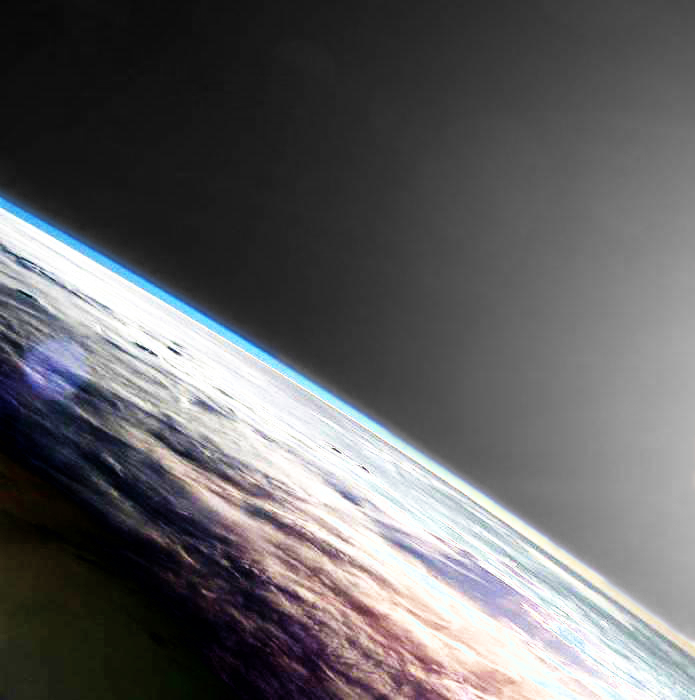Satellites spot plastic waste
 Scientists have developed a new method of detecting patches of floating plastic based on satellite images.
Scientists have developed a new method of detecting patches of floating plastic based on satellite images.
The approach, which uses data from the European Space Agency Sentinel-2 satellites, is able to distinguish plastics from other materials with 86 per cent accuracy.
Experts from the UK and Greece have identified patches of floating debris from Sentinel-2 data based on their spectral signatures ― the wavelengths of visible and infrared light they absorb and reflect.
A machine-learning algorithm was trained to classify the individual materials that made up these patches according to the specific spectral signatures of different plastic and natural materials.
These signatures were obtained from satellite data on plastic litter, as well data on natural materials likely to be found together with marine plastic, such as seaweed, woody debris, foam and volcanic rock.
The authors tested their method on Sentinel-2 data from coastal waters in four different locations: Accra (Ghana), the Gulf islands (Canada), Da Nang (Vietnam) and east Scotland (UK). The method successfully distinguished plastics from other floating materials or seawater with an average accuracy of 86 per cent across the four locations and 100 per cent accuracy off the Gulf islands.
The findings demonstrate that the method was successful across four different coastal areas.
The authors hope that it could be used with drones or high-resolution satellites to improve global monitoring of marine plastic littering and aid clean-up operations.







 Print
Print